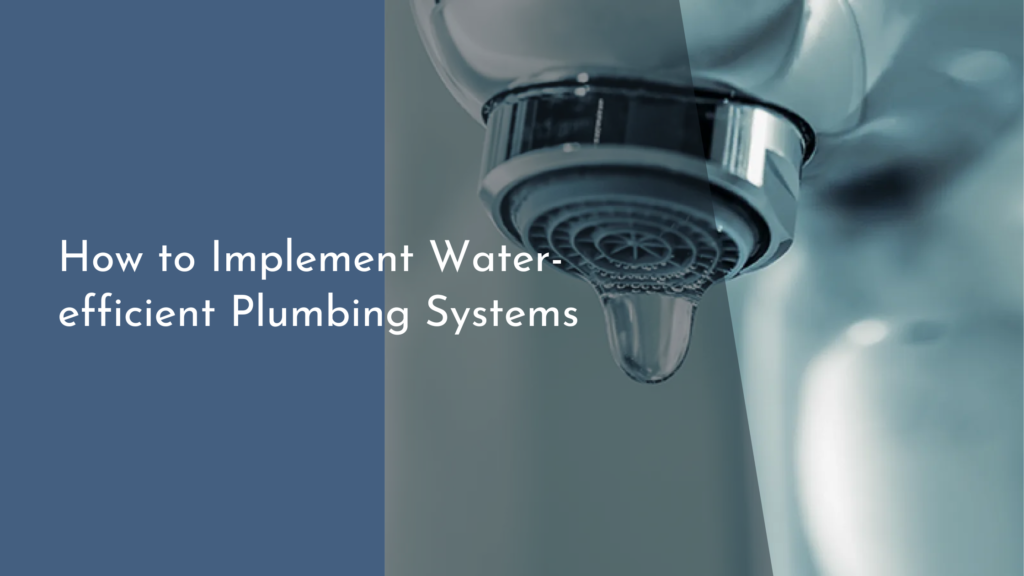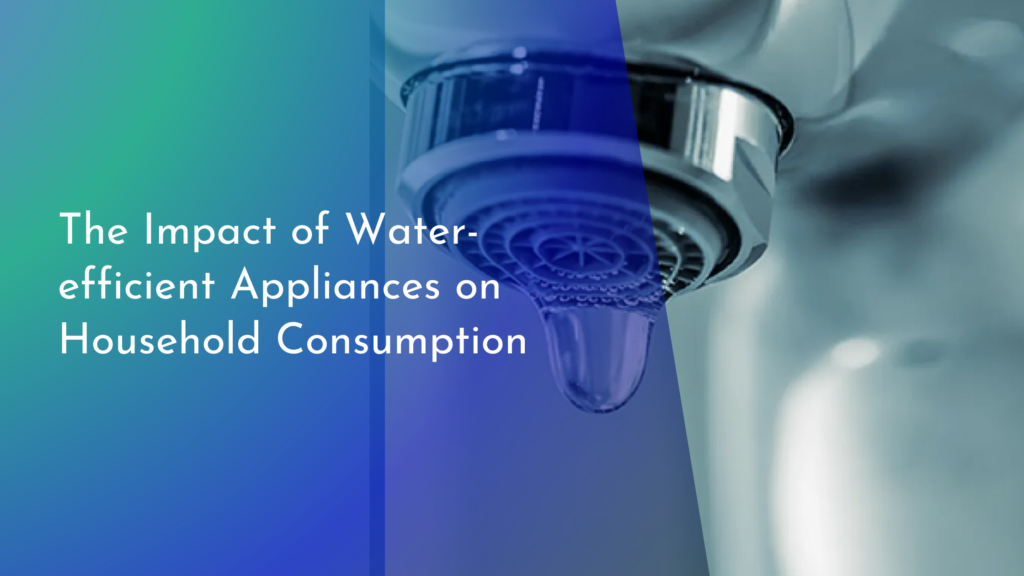Rainwater Utilization to Support Urban Wetland Restoration
Urban wetlands, often overlooked in bustling city landscapes, play a crucial role in maintaining ecological balance, enhancing biodiversity, and providing essential ecosystem services. However, as cities expand and rainfall patterns change, these vital habitats face increasing threats. One promising solution to support urban wetland restoration is the utilization of rainwater. By harnessing rainwater, cities can not only alleviate pressure on natural water systems but also rejuvenate and sustain their wetlands for future generations. This article will explore the benefits of rainwater utilization, creative integration techniques, and how individuals can contribute to this essential movement.
Harnessing Rainwater: A Greener Future for Urban Wetlands
The concept of rainwater harvesting is gaining momentum in urban planning and environmental conservation. By capturing and storing rainwater runoff from roofs, pavements, and other impervious surfaces, cities can redirect this valuable resource to nourish urban wetlands. This process not only helps mitigate flooding but also reduces the demand on traditional water supply systems, promoting a more sustainable approach to urban water management. With climate change leading to unpredictable precipitation patterns, utilizing rainwater becomes even more vital for the resilience of urban ecosystems.
Moreover, rainwater utilization can significantly support the restoration of degraded urban wetlands. By providing a consistent and clean water source, communities can help restore natural hydrological processes, allowing native plant and animal species to thrive. This revitalization enhances the ecological integrity of wetlands and creates beautiful green spaces that benefit both the environment and city residents. The future looks brighter when urban wetlands are nourished by the rain, fostering an interconnected web of life amidst concrete jungles.
Benefits of Rainwater Utilization in Urban Ecosystems
The benefits of rainwater utilization extend beyond just hydration for urban wetlands; they also encompass broader environmental and societal advantages. For instance, using rainwater for irrigation in parks and green spaces reduces the pressure on municipal water supplies, conserving precious drinking water resources. Additionally, rainwater harvesting can help mitigate urban heat island effects by promoting cooler, greener environments. These enhanced green spaces provide essential habitats for various wildlife, contributing to urban biodiversity.
Furthermore, the implementation of rainwater harvesting systems can foster community engagement and awareness around environmental stewardship. When residents actively participate in capturing and utilizing rainwater, they develop a deeper connection to their local ecosystems. This connection often translates into increased support for conservation efforts, including wetland restoration initiatives. By working together to harness rainwater, urban communities can build a brighter, more sustainable future for themselves and the planet.
Creative Solutions: Integrating Rainwater Harvesting Systems
Integrating rainwater harvesting systems into urban design can be both innovative and effective. Techniques such as green roofs, rain gardens, and permeable pavements are excellent examples of how cities can incorporate rainwater management into their infrastructure. Green roofs not only absorb rainwater but also provide insulation and reduce energy consumption. Rain gardens, strategically designed to capture and filter runoff, can enhance local aesthetics while also providing essential habitats for pollinators and other wildlife.
Additionally, municipalities can implement larger-scale rainwater catchment systems, such as cisterns and retention basins, to manage and store rainwater for future use. These systems can be strategically placed near urban wetlands to ensure that they receive adequate water flow, promoting the health of the ecosystem. By creatively integrating these solutions into urban planning, cities can cultivate resilience in the face of climate challenges while simultaneously safeguarding their natural treasures.
Join the Movement: How You Can Support Wetland Restoration
As individuals, we can all play a vital role in supporting urban wetland restoration through rainwater utilization. One simple way to begin is by implementing rain barrels at home to capture runoff from gutters. This stored water can be used for watering gardens or landscaping, reducing the need for municipal water. Joining or forming local community groups focused on wetland restoration and rainwater harvesting can amplify these efforts and provide educational opportunities for others.
Moreover, advocating for policy changes that support rainwater harvesting and wetland restoration is crucial. Contacting local representatives and voicing support for initiatives that promote green infrastructure can help drive change at the municipal level. Whether it’s participating in community workshops, volunteering for wetland cleanups, or simply spreading awareness, every action counts. Together, we can create a supportive environment for urban wetlands, ensuring they flourish for generations to come.
In conclusion, the utilization of rainwater presents an exciting opportunity to support urban wetland restoration while fostering sustainable practices in our cities. By harnessing this precious resource, we can enhance biodiversity, promote community engagement, and create vibrant green spaces that benefit both humans and wildlife. As urban areas continue to grow, it’s time for us to embrace innovative rainwater solutions and take action to protect our invaluable wetlands. Let’s come together to cultivate a greener, more resilient future!


